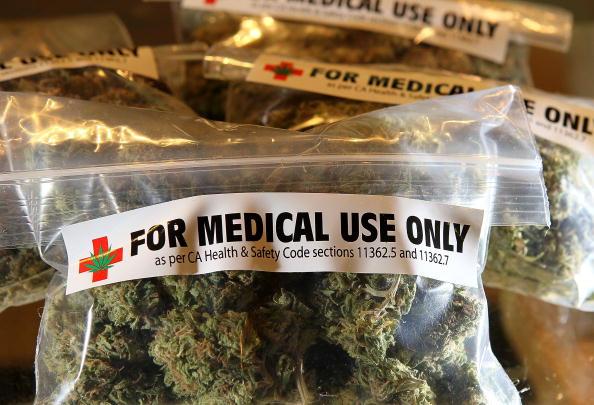-
Tips for becoming a good boxer - November 6, 2020
-
7 expert tips for making your hens night a memorable one - November 6, 2020
-
5 reasons to host your Christmas party on a cruise boat - November 6, 2020
-
What to do when you’re charged with a crime - November 6, 2020
-
Should you get one or multiple dogs? Here’s all you need to know - November 3, 2020
-
A Guide: How to Build Your Very Own Magic Mirror - February 14, 2019
-
Our Top Inspirational Baseball Stars - November 24, 2018
-
Five Tech Tools That Will Help You Turn Your Blog into a Business - November 24, 2018
-
How to Indulge on Vacation without Expanding Your Waist - November 9, 2018
-
5 Strategies for Businesses to Appeal to Today’s Increasingly Mobile-Crazed Customers - November 9, 2018
Medical Marijuana Laws Linked to Reduced Opioid Use, Abuse
A new study of drivers who died in auto accidents suggests people in states with medical marijuana laws may be using fewer opioid painkillers, the study authors contend. The reduction was greatest among drivers aged 21 to 40, the age group most likely to use medical marijuana where it’s available.
Advertisement
In states where medical marijuana law was implemented, the study found that drivers between the ages of 21 – which is the legal minimum – and 40, had nearly half the chances of testing positive for opioid painkillers, than those who crashed before such a law was implemented.
Research from Fair Health found that in 2015, “private payors’ average costs for a patient diagnosed with opioid abuse or dependence were more than 550 percent higher – nearly $16,000 more per patient – than the per-patient average cost based on all patients’ claims”. The researchers note that far fewer drivers in states with active medical marijuana laws died with opioids in their system.
There were more than 68,000 traffic fatalities included in the study.
Columbia University researchers examined data from 1999 to 2013 and found an association between a state legalizing medical marijuana and a reduction in testing positive for opioids after dying in a vehicle accident, particularly among drivers aged 21 to 40.
Currently, the use of medical marijuana is legal in 25 states with varied restrictions up to a certain degree as regulated by the Drug Enforcement Administration.
For instance, in ME where medical marijuana dispensaries are approved – the numbers of overdose deaths were reduced by 25 percent, Sunjournal wrote.
However, the methodology used by the authors of the study has been criticized by other experts in the field and the fact that the study did not prove medical marijuana was being used in place of opioids is an added disadvantage. However, older adults may opt to use legal pot for painkillers instead of opioids in the future, Kim said as noted by Live Science.
One limitation of the study is that the findings may not be generalizable to all US states, the researchers said.
Jason Hockenberry is an associate professor and director of graduate studies with the Department of Health Policy and Management at Emory University in Atlanta.
“On the one hand, they could very well reduce harmful opioid use”. Findings will be published online in the American Journal of Public Health. “But on the other hand, they could have offsetting effects on other risky behaviors including impaired driving”, he noted.
Advertisement
For example, Montana experienced a 1.7 percent reduction in the number of people who tested positive for opioids after its medical marijuana law went into effect, which was voted into law in 2004.





























